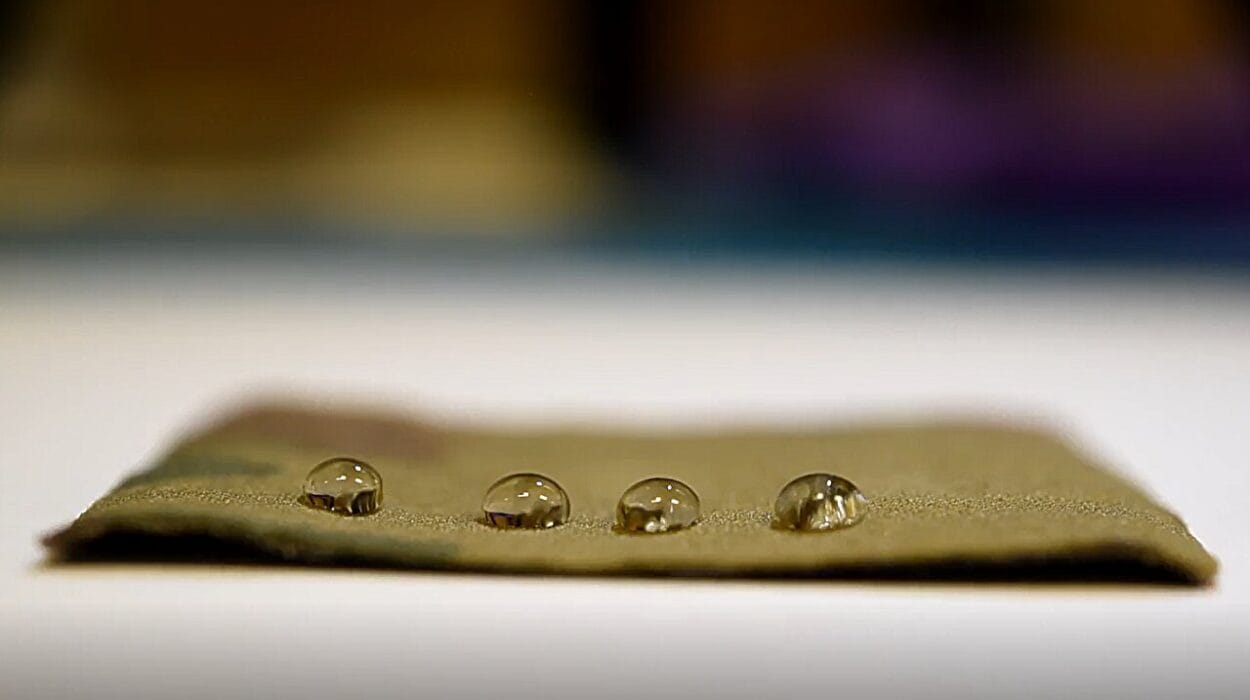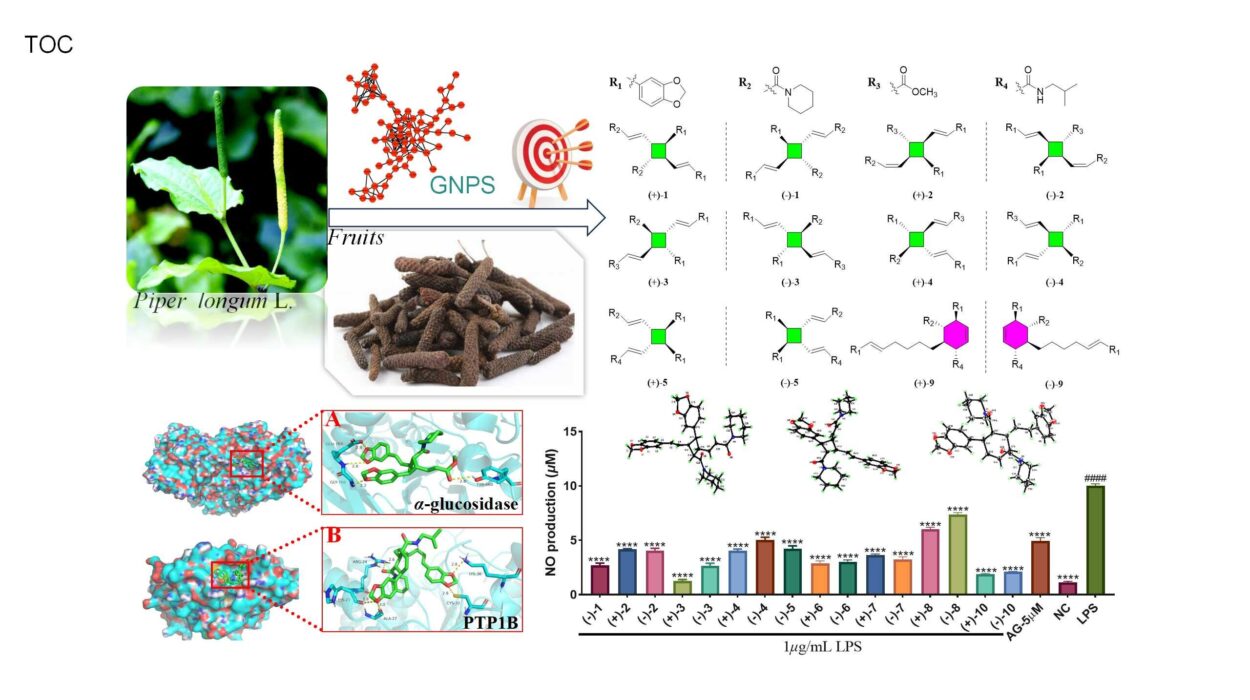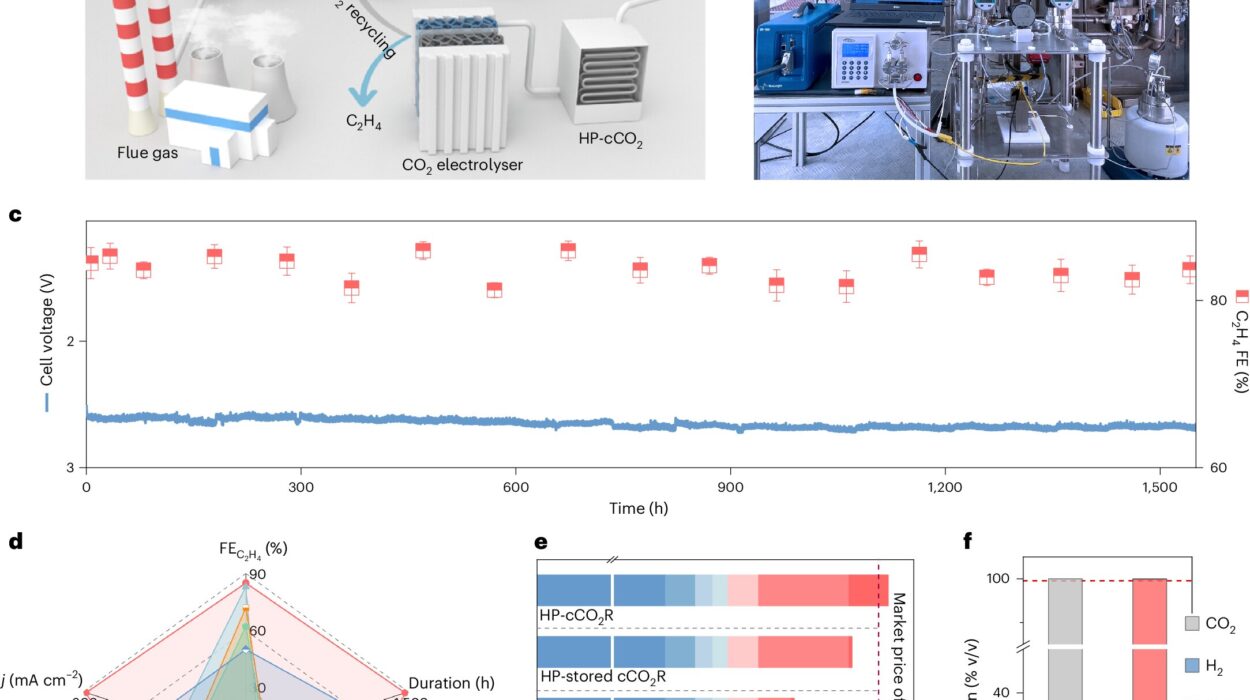It all starts with a twist—a subtle, almost imperceptible shift in the atomic layers of a material. But for scientists like Professor Philip C. Y. Chow and his Ph.D. student Ms. Yumeng Song, this tiny structural change holds the key to the next generation of technologies, from efficient solar cells to cutting-edge quantum devices.
Their groundbreaking research, published in the Journal of the American Chemical Society, sheds new light on how the structure of advanced perovskite materials directly influences their ability to emit and absorb light. And this discovery could change everything we know about optoelectronics—the field that fuses light with electronics.
The Promise of Perovskites
Perovskites are a class of materials that have taken the scientific world by storm in recent years. Their versatility makes them prime candidates for a wide range of applications, from solar cells that harvest energy from the sun to light-emitting diodes (LEDs) and even lasers. What’s particularly exciting about perovskites is their ability to convert light into electricity and vice versa—effectively bridging the gap between energy generation and display technologies.
But what makes these materials even more remarkable is their tunable properties. By adjusting their structure, researchers can fine-tune their color, brightness, and even the way they interact with light. For a long time, scientists have been fascinated by the potential of perovskites, particularly the two-dimensional (2D) hybrid variety. These materials are not only lightweight and inexpensive but also easily processable, much like printing with ink—making them ideal for large-area, flexible applications.
Yet, despite their promise, there was something missing. Scientists could see the material’s potential, but they couldn’t quite figure out how to make them more efficient, brighter, and capable of performing specific, advanced functions needed for next-generation technologies.
The Twist That Makes a Difference
That’s where Chow and Song’s study comes in. Through a deep dive into the atomic structure of two closely related families of perovskite crystals—Dion–Jacobson (DJ) and Ruddlesden–Popper (RP)—the researchers revealed how even the slightest structural variation could have dramatic consequences on the material’s performance.
The two families of crystals are similar in many ways, but they differ in how their atomic layers are linked. By using advanced measurements and theoretical modeling, Chow’s team discovered that the DJ family of crystals has a slight twist in its atomic building blocks—like a gentle spiral within the layers. This extra twist, it turns out, plays a critical role in the material’s performance.
The twist facilitates the formation of tiny defects within the crystal, particularly iodine vacancies—microscopic gaps where atoms should be. Think of them like potholes in a road. When charges move through the material, these potholes cause energy dissipation, which reduces the material’s light-emission efficiency. It’s like trying to drive a car over a bumpy road—energy is lost along the way, and the car’s performance suffers.
Quantum Effects: A Hidden Gem
But that’s not the whole story. This twist in the DJ family does more than just create defects—it alters the material’s symmetry. And this seemingly minor change unleashes a remarkable quantum effect called Rashba band splitting.
The effect is subtle but powerful. Rashba band splitting allows the material to emit circularly polarized light, a special kind of light that twists like a corkscrew. This is no ordinary light. Circularly polarized light has unique properties that make it ideal for next-level technologies like spintronics (which uses electron spins for information storage), secure optical communication, and certain types of quantum devices. This twist opens the door to technologies that require precise control over how light behaves.
Among the materials the team studied, one stood out—DJ-phase perovskite crystals based on a specific organic molecule, 4-(aminomethyl)piperidinium (4AMP). This crystal showed the strongest structural distortion and the most pronounced circularly polarized light emission. Despite its potential, however, the material’s brightness at room temperature is still limited by those pesky iodine vacancies—the defects that cause energy loss.
What’s Next for Perovskites?
So, what does this mean for the future of perovskite materials? While the researchers found that defects reduce the efficiency of the material, they also revealed how these defects could be controlled or minimized. By carefully engineering the structure of the material, scientists could create perovskites that are not only brighter but also more energy-efficient and stable.
Professor Chow emphasized the practical implications of their work. “By connecting crystal structure directly to both efficiency and advanced optical functionality, the study provides a practical roadmap for engineering perovskites with specific performance targets,” he explained. In the world of LEDs and display technologies, this could mean significant improvements—minimizing energy loss and boosting brightness. For solar cells, this research offers the promise of materials that are not only more stable but also more efficient at converting sunlight into electricity.
Perhaps most exciting of all are the possibilities for information technologies that rely on the precise control of light. “For information technologies that rely on the control of light’s polarization, the work points to material designs that can generate circularly polarized light on demand,” Chow said. This could have far-reaching implications for secure communication systems and the emerging field of quantum computing, where control over light’s properties is essential.
Why This Matters
The study of perovskites might seem like a niche topic, but the implications are enormous. We are standing on the precipice of a technological revolution that could change everything from how we generate energy to how we communicate securely across the globe. Perovskites are part of a new wave of materials that promise to make technology cheaper, more efficient, and more versatile.
At its core, this research offers a roadmap to materials that could transform industries, improve our everyday devices, and open up new possibilities for science and technology. Whether in the form of brighter, longer-lasting displays, more efficient solar panels, or advanced quantum devices that could change the way we process information, the work of Professor Chow and Ms. Song marks a crucial step toward making these innovations a reality.
This is not just about understanding materials at a microscopic level; it’s about using that understanding to shape the future. And as scientists continue to explore the tiny twists and turns that govern the behavior of perovskites, we might just find ourselves on the edge of the next big leap in technology.
More information: Yumeng Song et al, Structure–Emission Property Relationship of Bilayer 2D Hybrid Perovskites, Journal of the American Chemical Society (2025). DOI: 10.1021/jacs.5c04417






